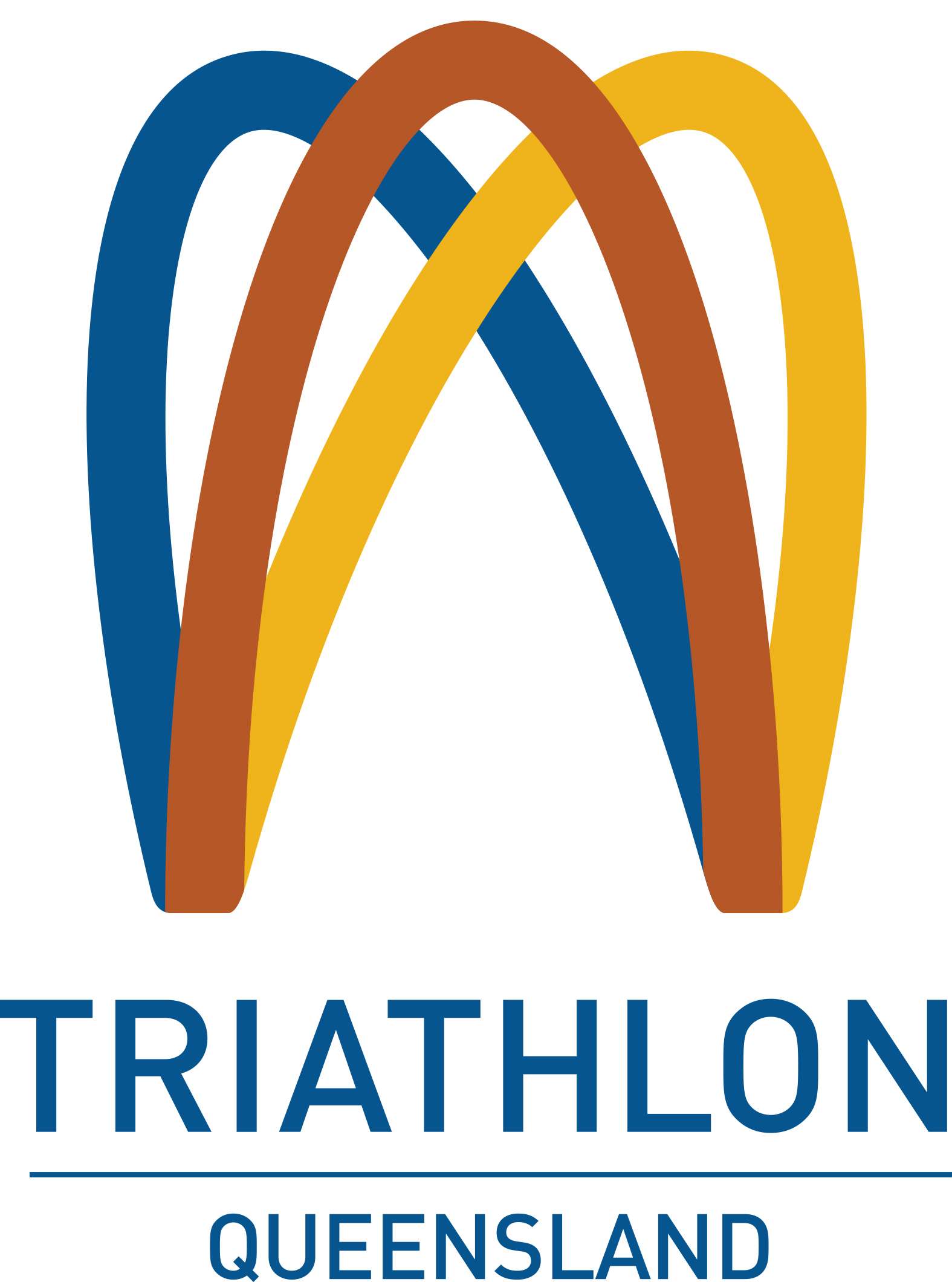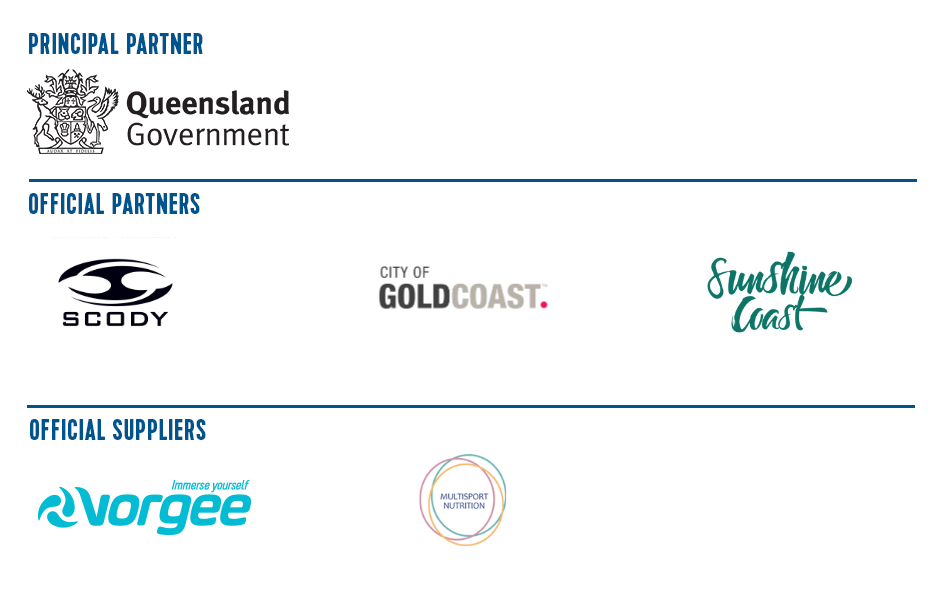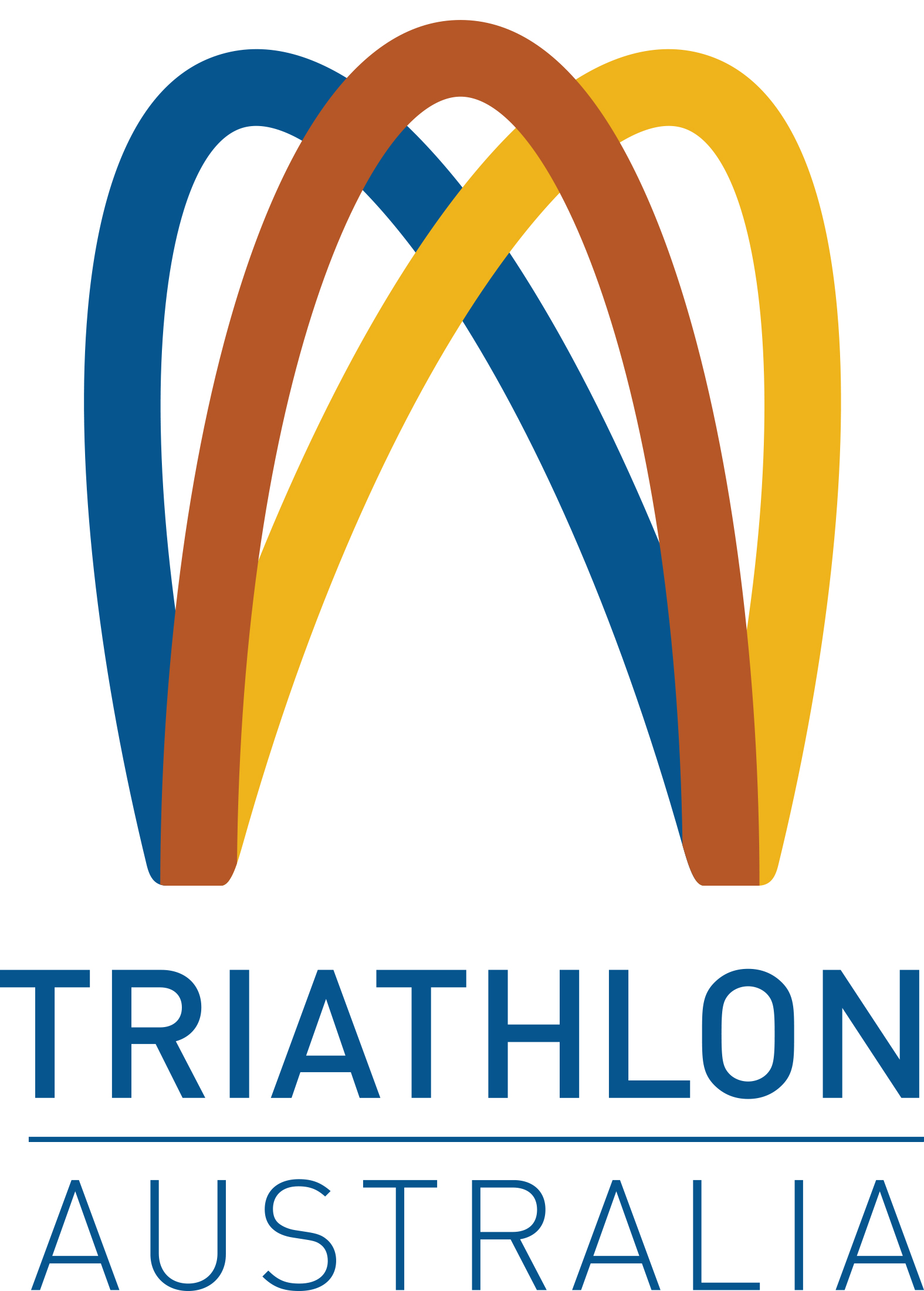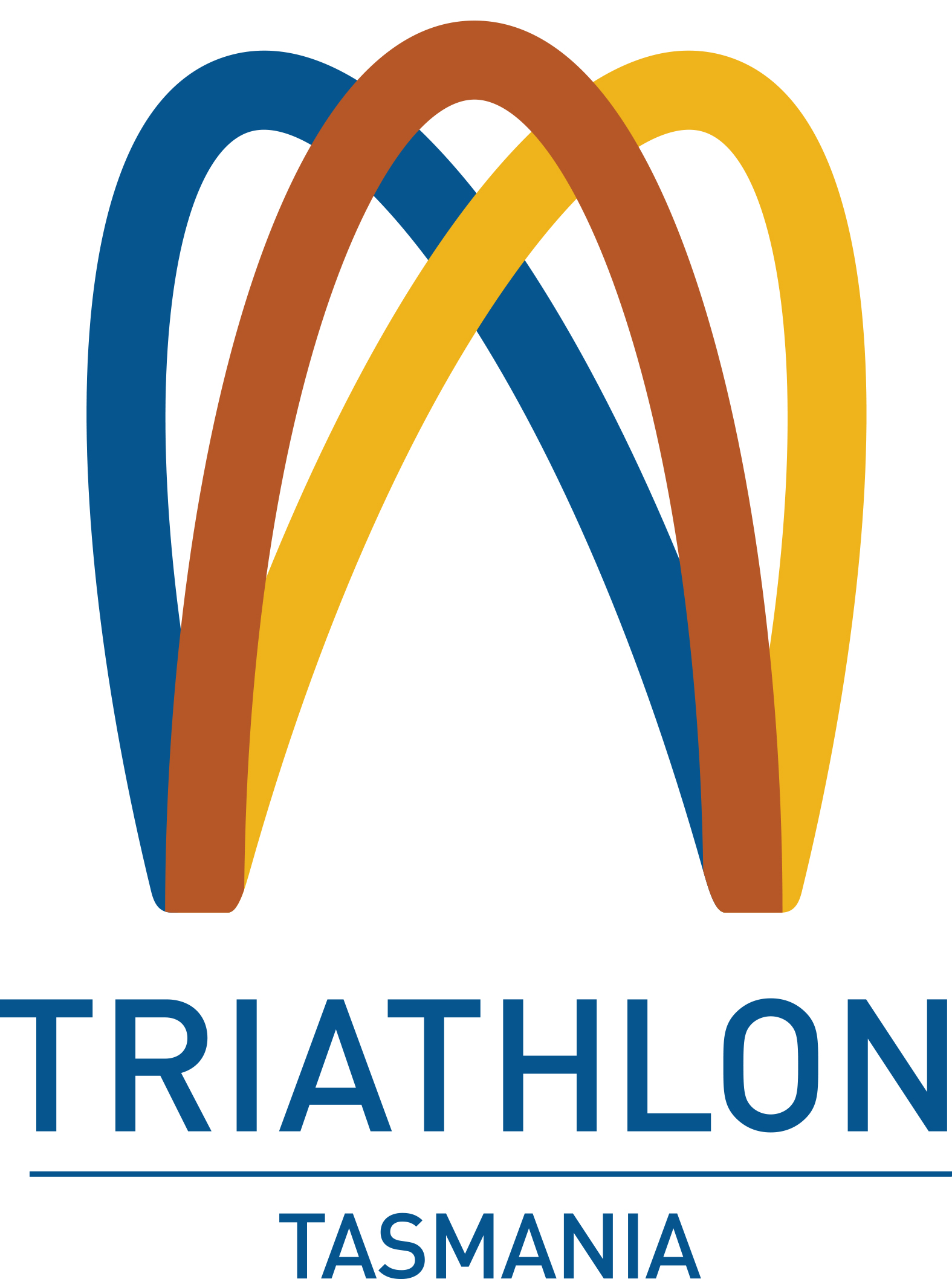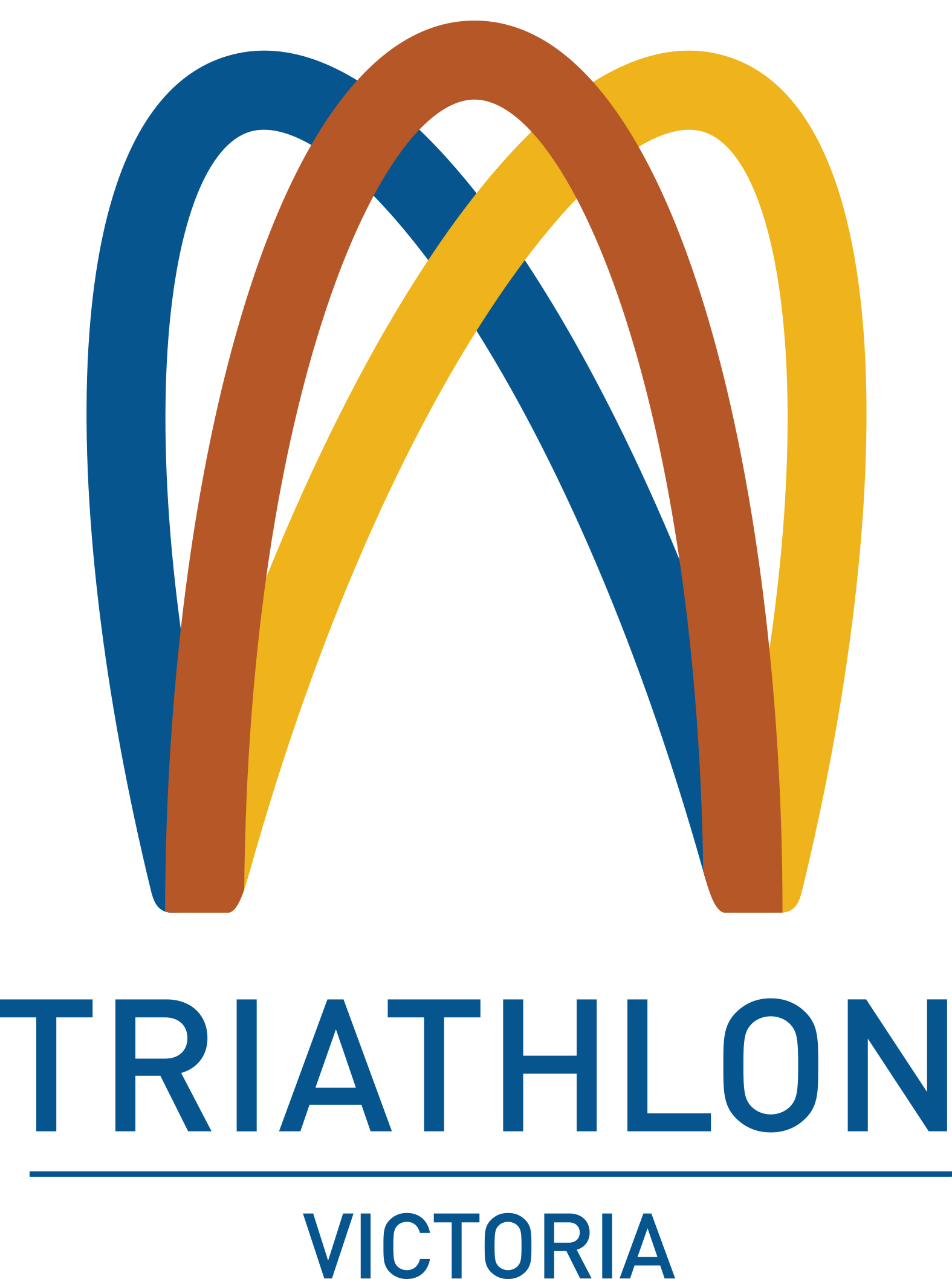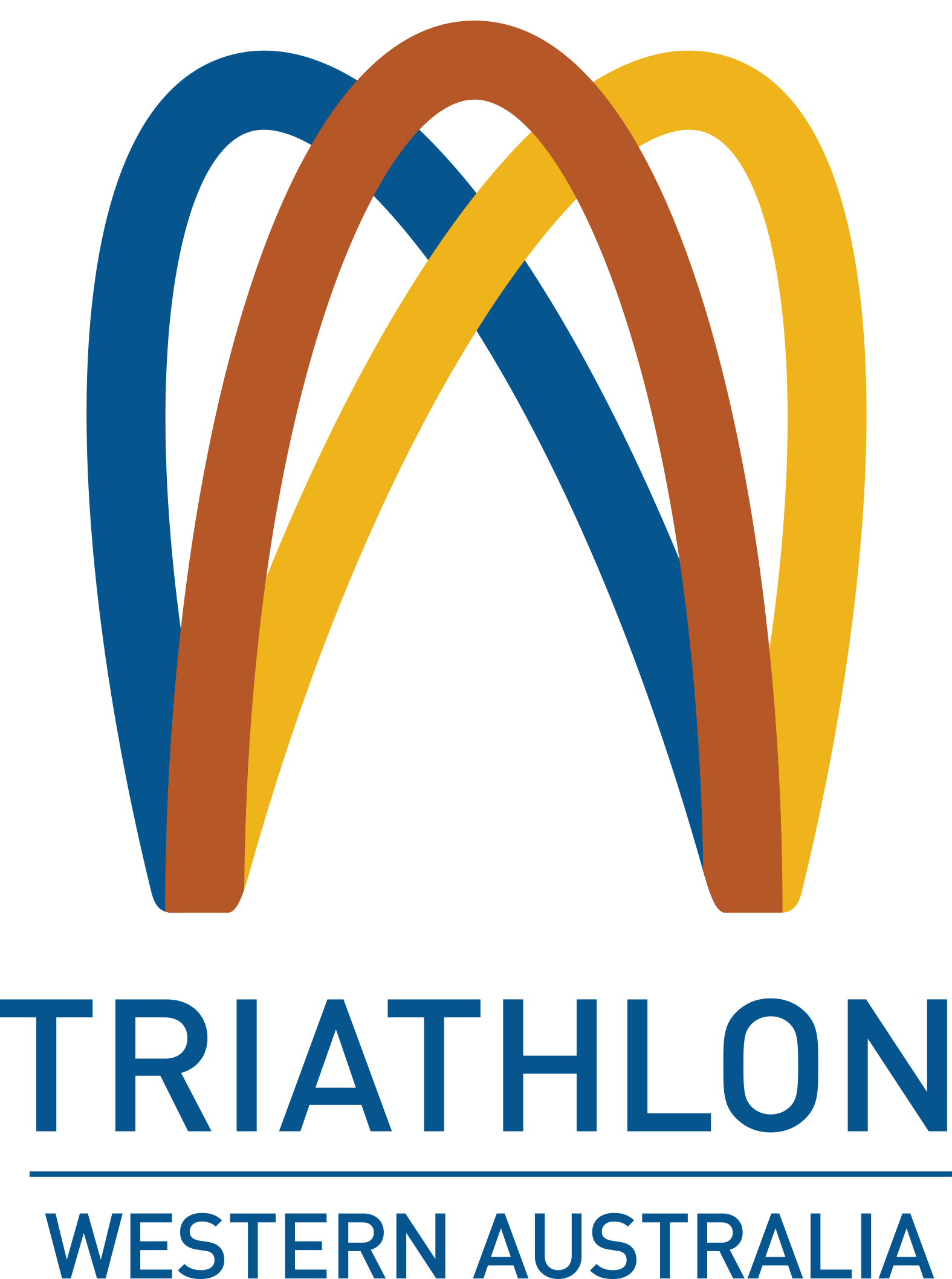As triathletes, we're all about the slow burn; our bread and butter is a long, slow, out-of-the-saddle climb up a steep hill, or a tough pounding-the-pavement run, or back and forth in the pool, counting the hours away as you stare at the solitary black line beneath you. But is there any benefit to speeding our training up, pushing much harder and faster for a shorter period of time? Yes, we're talking about nothing other than interval training; short, sharp burst of effort at 100% followed by longer periods of rest, repeated multiple times to exhaustion. When compared with a steady-state endurance workout that prioritise distance and endurance over speed, effort, and agility, short-burst interval training helps push your limits physically and mentally; while HIIT training, you will increase your V02Max level (the amount of oxygen you can consume during exercise), help your body more efficiently shuttle lactic acid away from your muscles, build muscle mass and power in the muscle groups that you are training, and develop a new headspace to overcome adversity when racing and training. Read on to see how short-burst interval training is good for triathletes, and how it can help you improve your performance.
- Augment, don't replace: High intensity interval training isn't created to be the be-all and end-all of your training program. While it's a great way to add some intensity and "shock" sessions to your triathlon, don't let short-burst training replace your traditional triathlon training program in its entirety; it should be used to supplement your existing training, to help develop skills or disciplines that may be not be as highly developed as others, or just for a little variation in your day-to-day training. If you're searching for a way to shake up your current training program, perhaps consider adding a few HIIT sessions per week, or adding short intervals to existing sessions. Try adding a few 50m sprint sets while swimming to help improve your oxygen intake, or push a little harder for a little longer while on the windtrainer to help tackle mountain climbs or headwinds, and use a sprint drill while out for a run to help you push through the wall you might confront during a race.
- Easier to focus: A downside of a triathlon training program is that with so many endurance sessions (if you are that way inclined), your training can become... monotonous. While the thrill of the finish line helps you stay motivated and focused on race day, during training, your endurance sets may begin to feel a bit dull if your training isn't diversified. By adding in a few short-burst interval sessions per week, you'll feel reinvigorated and hyper-focused; as it is such an intense yet fleeting type of exercise, you'll need all of your attention on the task at hand, and your mind won't be able to wander. This laser-focus won't just be good during training, but it will also help you on race day; imaging how good it will feel to narrow your eyes and focus on overtaking the runner in front of you, or by drowning out the washing machine of water around you during the swim and surging ahead to notch a PB out of the water. You'll be able to apply the technique and focus required from your HIIT training to your triathlon experience, even if the two forms of exercise are completely different from one another.
- Race day ready: As you would be well aware by now, the hard work you put in during training will be the success you get out on race day. As such, it's a safe bet to assume that your race times will improve if you consistently add HIIT training to your schedule. You will be building muscle that wouldn't be targeted during a triathlon training session, improving your body's ability to utilise and process lactic acid, and developing the mental toughness needed to thrive in the sport that we love. The mix of endurance and short-burst training will also help you develop better oxygen efficiency, which means more blood will be delivered to your muscles, which means you can go harder for longer. Come race day, you'll be psyched when you knock some serious time off your PB.
- Technique is key: Because so much of your attention will be on effort and intensity, you'll be exposed to areas of weakness in your technique and form. No matter how hard you are training, avoiding injury is imperative, so it is of utmost importance to make sure that you're confident in your form and technique while interval training to stay in tip-top shape and avoid serious injury. Where possible, make sure you're being supervised by a professional coach or mentor who can monitor your form and make sure you're not exacerbating any weak spots; for running and swimming, this will be easiest in a contained training area, such as a track run session or a pool session, where your coach can observe and augment your form as you undertake you interval session. For bike sessions, it's easiest to undertake a HIIT session while on the windtrainer with a bike that's been fit to your body specifically.
Of course, high intensity interval training may not be for everyone; with the amount of stress it places on your body in such a short period of time, it can take its toll on your muscles, heart, lungs, and brain. Always consult your GP before undertaking or altering your training regimen, and consult your triathlon coach to see if HIIT training could improve your training technique. Don't have a coach? Take a look at the TQ website to find an accredited coach in your area.
